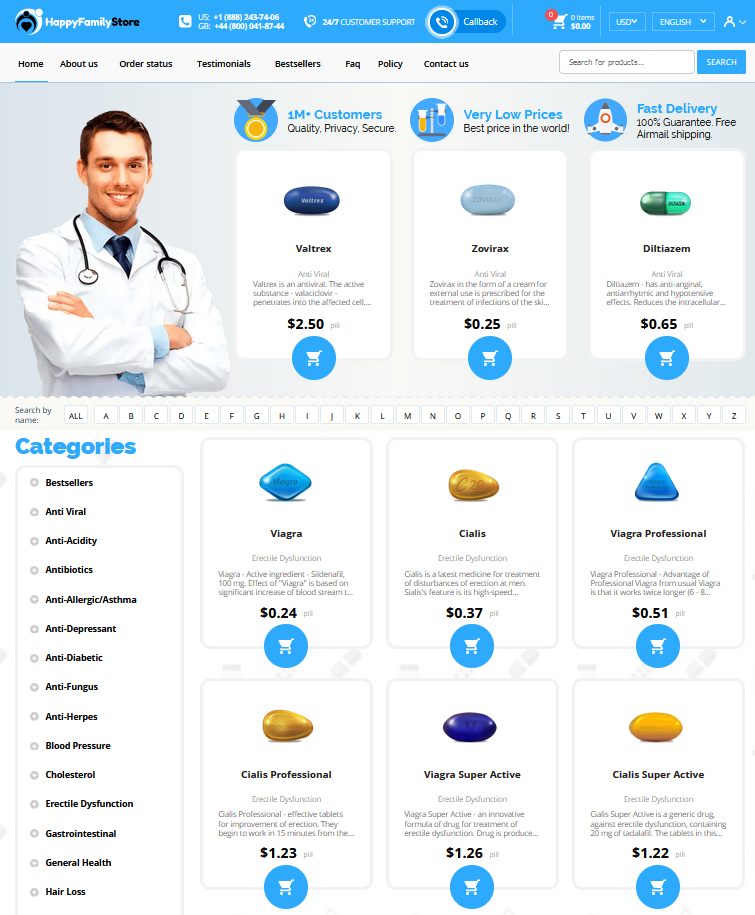Understanding Celexa: a Brief Overview Celexa, a popular antidepressant often referred to as a type of happy pill, is widely prescribed for treating conditions like depression and anxiety. It belongs to the class of drugs known as selective serotonin reuptake inhibitors (SSRIs) which help increase serotonin levels in the brain. This boost can alleviate mood-related symptoms, offering patients a better quality of life. Before you drive-thru your nearest pharmacy to count and pour this medication, it's essential to understand how it works. Celexa is generally available in tablet form, with dosage individualized based on various factors, such as age and existing health conditions. This ensures its effectiveness while minimizing potential side effects. Celexa Dosage Guide: What’s Right for You?
Celexa Dosage Guide: What’s Right for You?
Factor
Consideration
Age
Older adults may require a lower dose
Health Condition
Existing conditions can impact dosage
Medication Interaction
Can influence dosage adjustments
Typical Starting Doses: What to Expect

When starting on Celexa, the standard script often begins with a dose commonly around 20 mg daily. This initial approach allows your body to adjust gradually without overwhelming your system. This foundational step helps minimize potential side effects, providing a smoother integration into your daily routine. Following the initial period, your healthcare professional may engage in titration, a careful adjustment of your dose. The ultimate aim is to achieve the most therapeutic effect with minimal side effects, ensuring your path to well-being is as seamless as possible.
Adjusting Your Dosage: Factors to Consider
When adjusting your celexa dosage, there are several important factors to consider to ensure optimal outcomes. First, individual variations such as age, weight, and metabolic rate can significantly affect how the medication is absorbed and processed. It's crucial that adjustments align with these personal characteristics, as well as any other health conditions you may have. Regular Meds Check appointments with your healthcare provider can help monitor these aspects closely.
Additionally, be mindful of the potential need for titration—a gradual increase or decrease in dosage—based on your response to celexa. Titration helps minimize the risk of side effects or other complications, preventing the unwanted impact of rapidly changing medication levels. Always follow the Sig on your script carefully to adhere to prescribed dosage adjustments.
Finally, consider any "Happy Pills" or other meds that you're taking. Drug interactions can play a significant role in how celexa works for you. Some compounds might interfere or enhance its effects, requiring your healthcare professional to make dose adjustments. Effective communication with your healthcare provider ensures a therapeutic balance and avoids unintentional side effects, optimizing your mental health journey with celexa.
Potential Side Effects: What to Watch for

When diving into the world of Celexa, being aware of potential side effects is crucial. Some individuals may experience nausea, fatigue, or dry mouth as their bodies adjust to the medication. More severe reactions, like increased anxiety or mood swings, should be monitored closely. It’s a bit like trying an elixir you haven't tasted before—there's a need to observe how it goes down. The "hangover" from these side effects can sometimes mimic symptoms of the conditions being treated, clouding judgment on whether the Script is effective.
Being in close contact with your healthcare provider ensures adjustments are made stat if adverse reactions occur. As you navigate this journey, remember that not every reaction means it's time for a "Sig" change, but vigilance and communication are your best allies. Like counting and pouring a carefully measured dose, ensuring precise adjustments leads to optimal outcomes. Making sure you're informed not only empowers you but keeps potential adverse effects in check, ensuring you're navigating the Celexa landscape safely.
Combining Celexa with Other Medications Safely
Navigating the world of combining Celexa with other medications can seem as daunting as a Pharm Party at times. But understanding the interactions is crucial to maintaining your health. When Celexa is combined with other medications, it’s known as creating a cocktail—this practice requires caution, as inappropriate combinations might lead to adverse reactions. Remember to follow the Sig provided on your script carefully, as these directions are tailored to your specific needs. Consulting with your healthcare provider or a White Coat about potential interactions will safeguard against unwanted effects. Always ensure that any medications involved in the cocktail are under a verified prescription.
| Task | Action |
|---|---|
| Check Medications | Consult a White Coat |
| Follow Script Sig | Strictly adhere to directions |
| Verify Cocktails | Ensure no adverse interactions |
Consulting Your Doctor for Personalized Advice
It’s crucial to engage in quality time with your healthcare provider when considering or adjusting Celexa dosages. Each patient’s journey is unique, and your doctor is equipped with the knowledge to tailor prescriptions based on individual health needs and responses. They will conduct a thorough evaluation, considering any existing medications, to avoid a cocktail of drugs that could lead to potential interactions. Through open dialogue, they will help decode the sig on your script to ensure safe and effective use.
